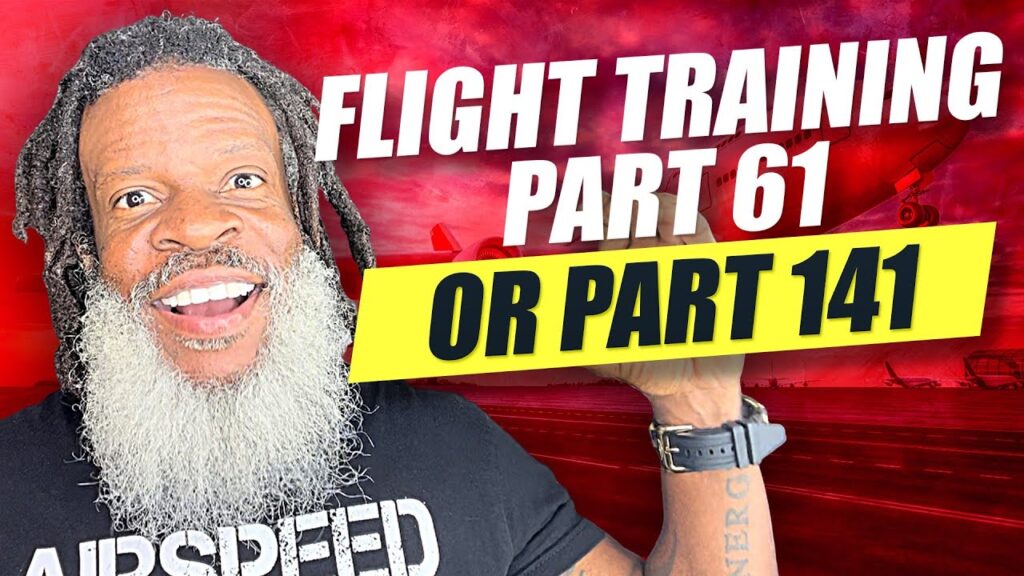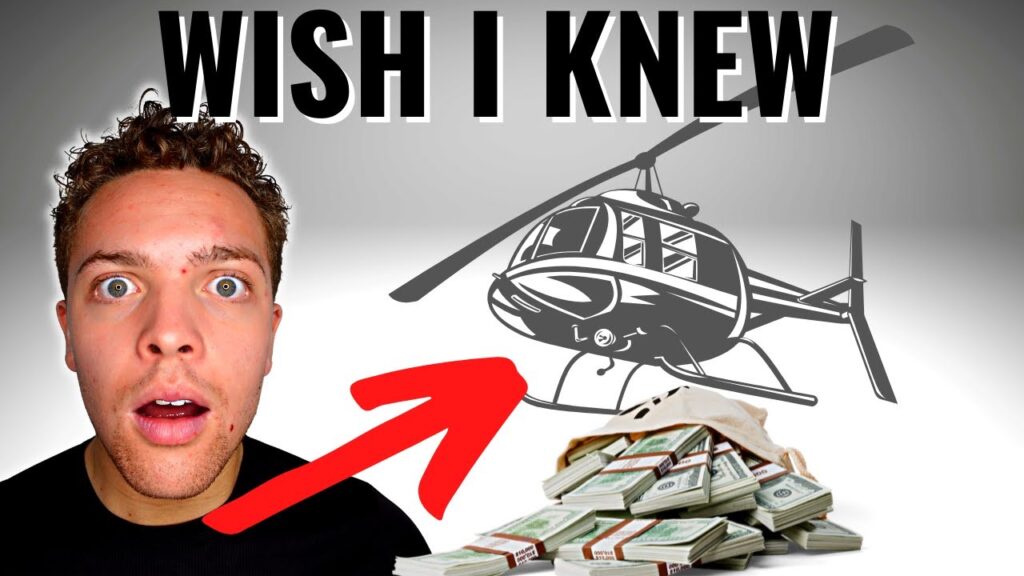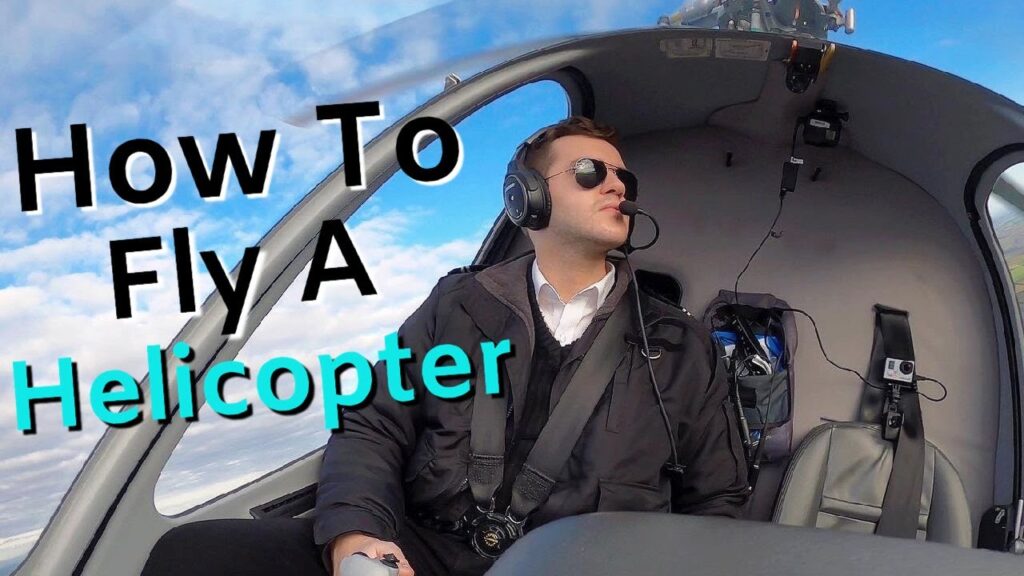Understanding Helicopter Flight Instruction Rates: Part 61 Schools
When considering helicopter flight instruction in the United States, many aspiring pilots choose Part 61 flight schools for their training needs. These schools offer a more flexible approach to learning compared to their Part 141 counterparts, which can be highly structured. The rates for helicopter flight instruction at Part 61 schools can vary widely based on a number of factors, including the location of the school, the type of helicopter used for training, and the instructor’s experience.
Prospective students should be aware that hourly rates for helicopter flight instruction often include both the cost of renting the helicopter and the instructor’s fees. On average, hourly rates can range from $250 to $400, but this can go significantly higher for high-performance helicopters or more experienced instructors. Additionally, some schools may offer package deals that bundle a set number of flight hours with ground instruction, potentially providing a more cost-effective option for students.
Beyond just the hourly flight rates, Part 61 schools may occasionally levy additional charges that students need to consider. These could include fees for ground school, study materials, fuel surcharges, insurance, and equipment use. It is essential for students to thoroughly research and communicate with multiple schools to understand all the potential costs involved in their training program and ensure they are making an informed decision regarding their investment in helicopter flight instruction.
Comparing Costs of Helicopter Training Under Part 61
When prospective helicopter pilots begin to explore their training options in the USA, cost stands out as one of the most significant factors in their decision-making process. Under Part 61 of the Federal Aviation Regulations, individuals seeking helicopter pilot certification have a more flexible approach to training, which can impact the overall expense. This section dives into the various cost elements associated with Part 61 helicopter training programs and compares them with other training routes.
Flight Training Costs vary widely under Part 61, primarily because this regulation allows for a customized training schedule. Hours spent in the air are one of the primary cost drivers, and Part 61 does not require completion of a formal course. Consequently, students may find that their total flight time – and therefore their expense – can be directly influenced by their availability and learning pace.
Instructor Fees are another important cost consideration for Part 61 helicopter training. Since these programs may not have the same structured syllabus as Part 141 schools, instructor rates can differ significantly. Some instructors might offer package deals; others might charge on an hourly basis. It’s crucial for students to understand how their chosen instructor’s pricing works and how it will fit into their overall budget.
Additional costs that are sometimes overlooked include Ground School and Supplies. While the emphasis often lands on flight hours, the importance of ground instruction can’t be overstated. It forms the foundation of a pilot’s knowledge base. Materials such as books, charts, and flight planning tools also add to the cost. Part 61 schools may have more flexible ground school options, potentially offering savings if the student can self-study effectively.
Finally, it’s vital for trainees to consider Examination and Checkride Fees when comparing training costs. After completing all necessary hours under Part 61, pilots must successfully pass a written knowledge test and a practical flight test called a checkride. While these fees might not be as substantial as flight training and instructor costs, they are nevertheless an essential part of the overall budget that needs to be anticipated and planned for.
What to Expect from Part 61 Helicopter Flight Instruction Pricing
Embarking on helicopter flight training under Part 61 regulations is a significant financial commitment. Unlike structured program costs found in Part 141 schools, Part 61 instruction allows for a more flexible approach, often resulting in variable pricing. Prospective students should anticipate a per-hour rate that is composed of two main elements: the instructor’s fees and the helicopter rental costs. The instructors’ charges can widely differ based on their experience and the geographical location of the training facility. Concurrently, helicopter rental fees depend on the type and model of helicopter, with more advanced and larger helicopters commanding a higher rate.
Furthermore, it’s crucial for students to recognize that flight instruction pricing is not the only cost involved. There are additional expenses to consider, such as fuel surcharges, insurance fees, and costs for study materials and examinations. While some schools include these in their hourly rates, others charge them separately, which can significantly impact the overall budget. Often, schools offer block-rate discounts; these packages can provide financial relief for those who can afford to pay for several hours of instruction upfront. Students are advised to inquire about these options to manage their training expenses more effectively.
Lastly, when analyzing Part 61 helicopter flight instruction costs, it’s important to account for the inevitable variability of the training duration. Since Part 61 does not adhere to a strict syllabus, the number of flight hours you’ll need to become proficient could exceed the minimum hours required by the Federal Aviation Administration (FAA). Consequently, budgeting for additional flight hours can help avoid unexpected financial pressures and ensure a more uninterrupted learning experience. Always discuss these aspects with potential instructors to gain a clear understanding of the projected investment required for your helicopter flight training journey.
Breaking Down the Hourly Rates for Part 61 Helicopter Flight Training
When considering a career as a helicopter pilot, understanding the costs associated with training is crucial. The hourly rates for Part 61 helicopter flight training can vary significantly depending on the flight school, the type of helicopter used, and the geographical location. Generally, prospective pilots can expect the rates to range from $250 to $400 per hour. These rates typically include fuel, maintenance, and insurance costs, but it’s essential to confirm what is included with your chosen flight school.
Within the spectrum of hourly rates, several factors impact the final cost. At the lower end of the scale, smaller training schools or those located in more rural areas may offer more economical rates. Conversely, larger schools or those in bustling metropolitan regions might charge a premium due to higher operating expenses. Additionally, the choice of helicopter model for training – from the robust Robinson R22 to the more sophisticated and costly Bell 206 – can greatly influence the hourly fees.
It’s worth noting that while the hourly rate is important, the total cost of obtaining your helicopter pilot’s license under Part 61 will also depend on the number of hours you fly. The Federal Aviation Administration (FAA) requires a minimum of 40 hours of flight time for a private pilot license, but the average student may need between 50 to 60 hours to become proficient. This includes both dual instruction time and solo flying hours, each contributing to the overarching objective of achieving pilot certification.






